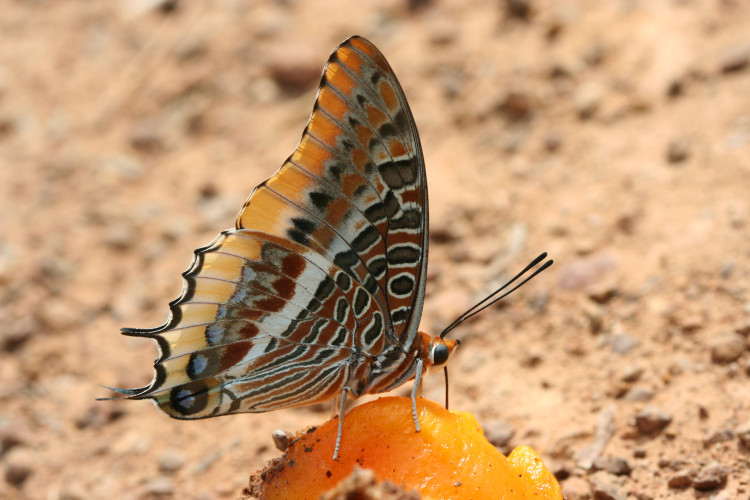A nuclear technique has successfully been used to suppress a major pest – the tsetse fly – in Senegal without inadvertently harming other insects, an eight-year study shows.
The study, published in Nature’s Scientific Reports, is part of a project to help the west African country eradicate tsetse in Niayes – a 1,000 km2 fertile valley near the capital Dakar – using insecticide-impregnated traps followed by the application of the Sterile Insect Technique (SIT). The IAEA, in collaboration with the Food and Agriculture Organization of the United Nations (FAO), provided support to Senegal. The United States Government helped fund the project under the Peaceful Uses Initiative.
The SIT is an insect birth control method that uses radiation to sterilize male flies, which are then reared in large numbers and released to mate with wild females. These do not produce any offspring, decreasing the insect population over time.
The environmental study monitored flower chafer beetles and leafwing butterflies and showed that the eradication campaign had very limited impact on their populations. Minor fluctuations in populations were recorded when insecticides were used to prepare the ground for effective SIT application. However, beetle and butterfly populations immediately reverted to pre-intervention levels when the insecticide application ended and the release of sterile male tsetse flies started, showing that the SIT does not harm the environment.
“Any control action carried out in the environment, with or without the use of insecticides, requires an environmental impact study,” IAEA medical entomologist and study co-author Jeremy Bouyer said. “The study proves that SIT is an environmentally-friendly method, and that we succeeded to almost eliminate tsetse without impacting the ecosystem.”
The bloodsucking tsetse transmits parasites that cause nagana, a wasting disease in cattle that leads to infertility, weight loss and reduced milk and meat production. Sick cattle, too frail to plough land or transport produce, also impact crop production. In some parts of Africa, tsetse also transmits the debilitating and often fatal human sleeping sickness.
The IAEA, in cooperation with FAO, has been helping Senegal suppress the tsetse fly from Niayes since 2005, enabling local farmers to keep imported cattle breeds that produce 10 times more milk than local ones.
The beetle and butterfly species were chosen as ecological indicators since they are sensitive to pressures caused by humans, such as hunting and agricultural activities, and also allow for cost-effective monitoring systems. The tsetse fly itself does not play a significant role in the local environment, according to Bouyer, since they do not pollinate plants and are not an essential prey to other insects or birds.
During eight consecutive years, fruit traps were set out in five key places around the valley for one week in October-November, the period with the highest insect diversity and density after the rainy season. Over 14,400 insect specimens were identified and counted under different phases of the eradication campaign, and their density analysed using statistical models.
“The impact of suppression efforts on the environment is minimal and temporary and the considerable decrease of tsetse – more than 98 per cent – is very encouraging.” said Mireille Bassene, a co-author of the study and medical entomologist at the Institut Sénégalais de Recherches Agricoles (ISRA), one of the counterparts involved in the project.


